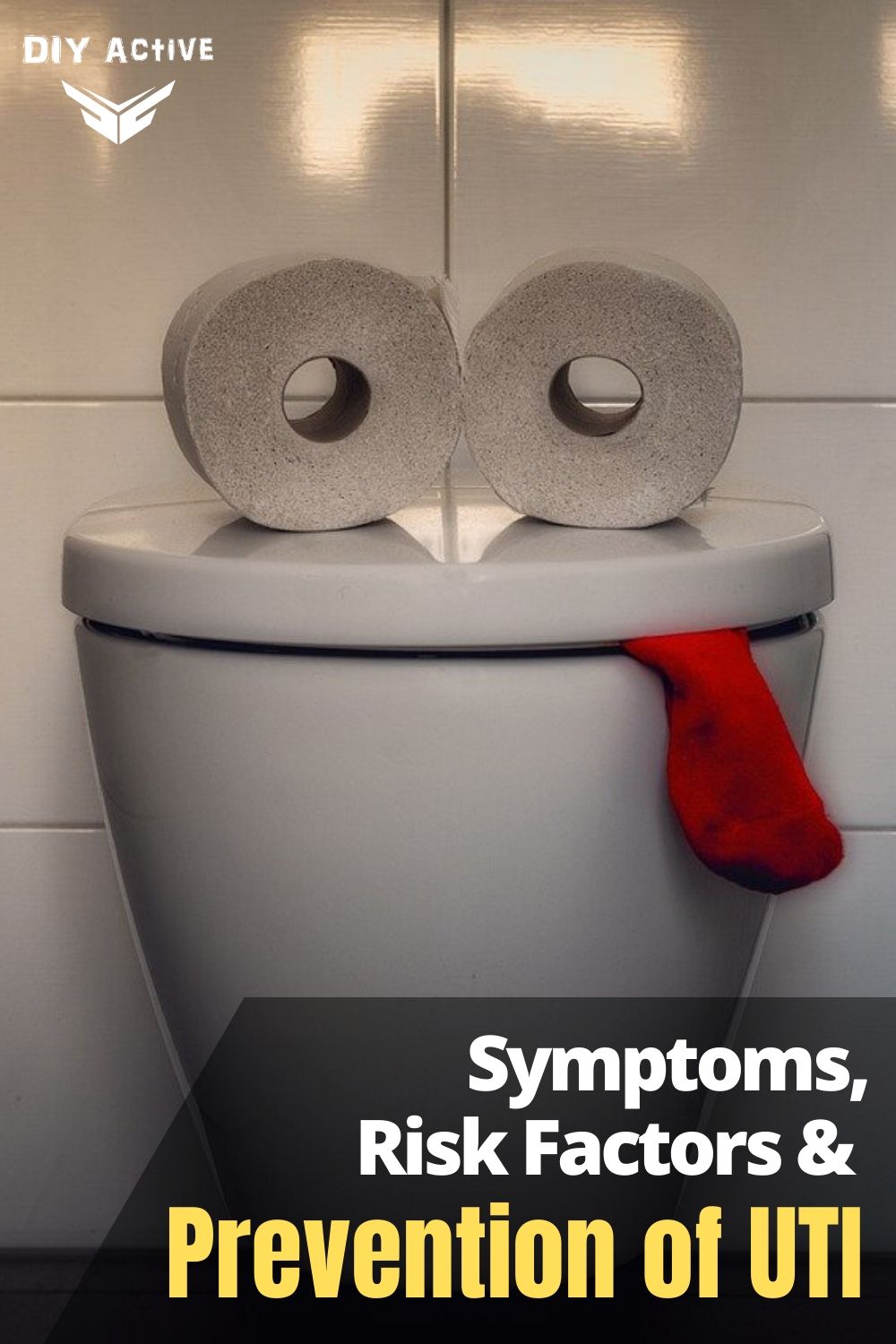
The Symptoms, Risk Factors & Prevention of UTI
A UTI or urinary tract infection is an infection that occurs in your ureters, kidney, urethra, or bladder. Most infections take place in the lower urinary tract including the urethra and bladder with women having a greater risk of getting a UTI compared to men. When an infection is limited to the bladder, it can be irritating and painful, but there can be serious consequences when a UTI affects your kidneys.
Risk Factors & Prevention of UTI
Urinary tract infections are generally treated by doctors by administering antibiotics. In case of infections such as Escherichia coli, doctors recommend an antibiotic sensitivity test and they would then be relying on the existing susceptibility patterns so that they could opt for the perfect antibiotic course that would be effective for treating the UTI.
As per WebMD, a UTI could prove to be quite concerning during pregnancy. You must at once seek medical intervention if you observe certain symptoms of UTIs.
Some of the common symptoms of UTI are the following:
- A burning sensation or pain while urinating.
- Experiencing pain in the lower abdomen over the bladder.
- Constant urge to pee frequently and right away.
- Peeing tiny amounts of urine every time.
- Experiencing a dull low back pain.
- Moreover, your urine would seem:
- Foul-smelling
- Bloody
- Cloudy
Chief UTI Causes
Urinary Tract Infections generally take place when bacteria enter and invade your urinary tract via the urethra and start multiplying in the bladder itself. Even though the urinary system has been designed for combating microscopic invaders, however, sometimes the defense mechanism may fail. Some of the common causes of UTI are:
- Bladder Infection: This is usually triggered by E. coli or Escherichia coli (causing cystitis) which are a kind of bacteria that is found generally in the GI or the gastrointestinal tract. Often different types of bacteria could be the cause.
- Sexual Intercourse: Often sexual intercourse could trigger cystitis. All women face the risk of getting cystitis thanks to their anatomy particularly, very little distance from the anus to the urethra and from the bladder to the urethral opening.
- Urethritis or Urethral Infection: This sort of UTI could be triggered by GI bacteria spreading from your anus to your urethra.
- Blockages in the urinary tract: Kidney stones or a developed prostate can trap pee in the bladder and increment the danger of UTIs.
- A suppressed immune system: Diabetes and different illnesses that weaken the invulnerable framework—the body’s safeguard against germs—can expand the danger of UTIs.
- Catheter use: Individuals who can’t pee all alone and utilize a cylinder (catheter) to pee have an expanded danger of UTIs.
- A recent urinary procedure: A urinary medical procedure or a test of your urinary tract that includes clinical instruments can both increment your danger of building up a urinary tract disease.
Complexities of a UTI may include:
In any case, left untreated, a urinary tract disease can have some serious outcomes.
Serious kidney harm from intense or interminable kidney contamination (pyelonephritis) because of an untreated UTI.
 Complications in pregnant women include low baby birth weight or untimely labor.
Complications in pregnant women include low baby birth weight or untimely labor.
Urethral narrowing (injury) in men from intermittent urethritis, recently observed with gonococcal urethritis.
Sepsis, a possibly dangerous effect of a disease, particularly if the contamination gets to the kidneys.
Diagnosis
Analyzing a urine sample: Your primary care physician may request a pee test to search for white platelets, red platelets, or microbes.
Growing urinary tract bacteria in a lab: Lab examination of the pee is in some cases followed by a pee culture.
Creating images of your urinary tract: On the off chance that you are having successive diseases that your primary care physician thinks might be brought about by a variation from the norm in your urinary tract, you may have an ultrasound, an automated tomography (CT) check, or attractive reverberation imaging (MRI).
Using a scope to see inside your bladder: In the event that you have repetitive UTIs, your primary care physician may play out a cystoscopy, utilizing a long, slender cylinder with a focal point (cystoscope) to see inside your urethra and bladder.
Some Risk Factors
Some UTI risk factors for women are:
Female anatomy: A woman has a relatively shorter urethra as compared to a man that is known to shorten the traveling distance for the bacteria to reach your bladder.
Sexual activity: More sexually active women experience more UTIs and the risk could be even more in the case of a new partner.
Menopause: After menopause due to a drop in circulating estrogen urinary tract changes could occur that make women far more vulnerable to these infections.
Common Preventive Measures
- Drink plenty of fluids.
- Change your present birth control method.
- Avoid feminine products such as deodorant sprays, powders, douches, etc. that are potentially irritable.
Wrap-Up
Seek medical attention at once when you notice the UTI symptoms. Prompt treatment and suitable antibiotic therapy could manage the infection.



